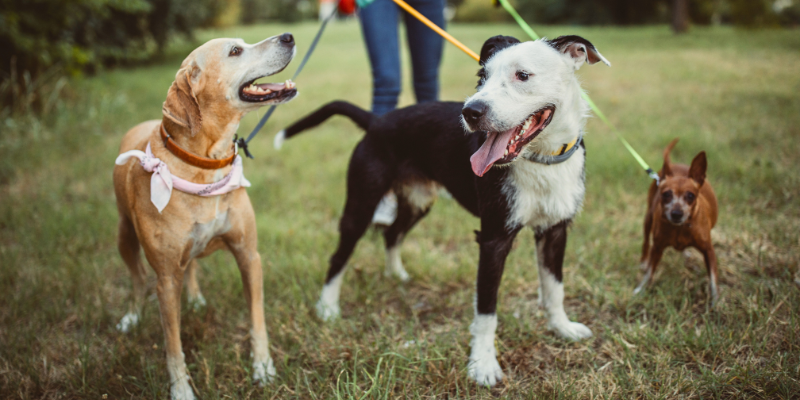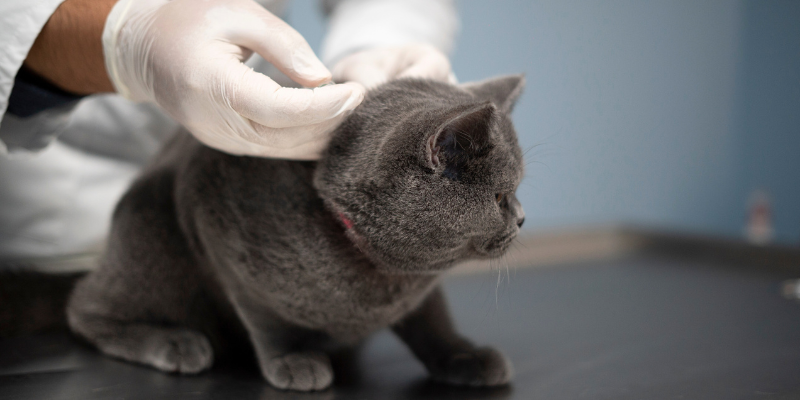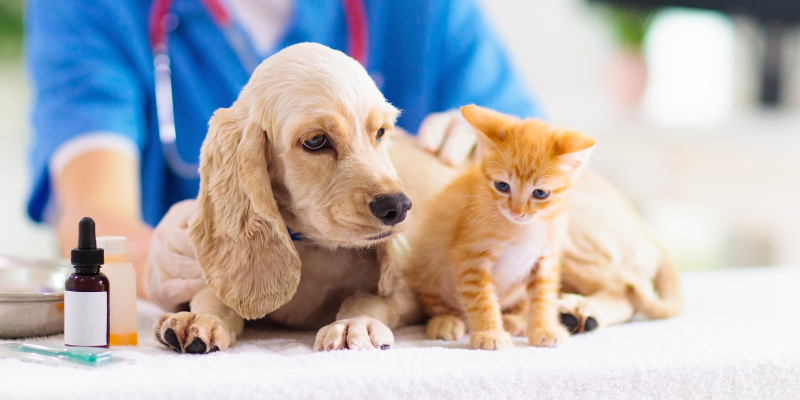[et_pb_section fb_built=”1″ _builder_version=”4.14.2″ _module_preset=”default” custom_padding=”0px|||||” global_colors_info=”{}”][et_pb_row _builder_version=”4.14.2″ _module_preset=”default” global_colors_info=”{}”][et_pb_column type=”4_4″ _builder_version=”4.14.2″ _module_preset=”default” global_colors_info=”{}”][et_pb_text _builder_version=”4.14.2″ _module_preset=”default” global_colors_info=”{}”]
It’s quite common for owners to find new lumps on their pets during routine grooming or cuddle-time and start feeling a little worried. What could the lump be? And what’s the best course of action, monitoring at home for a few weeks or a vet check? Here’s some solid lump advice from our experienced vet team.
What could the lump be?
Lumps on or underneath your pet’s skin can have a number of different causes. Some of the most common types of lumps we see in dogs and cats are infections, tumours, inflammation, cysts or calluses.
- Infections
Infections involving the skin can manifest in different ways. Some of the most common types of infection that can cause discrete masses are:– Abscesses – pockets of infection that can form beneath the skin due to penetrating injuries, such as cat bites or foreign bodies (e.g. grass seeds), or from tooth root infections.
– Pyotraumatic dermatitis, also known as “hot spots” – these areas of inflamed, oozing and painful skin occur when your pet scratches or nibbles at an area of skin irritation, and often develop secondary infections.
- Tumours
Tumours on or beneath the skin can be benign (i.e. not spreading or causing your pet to become unwell) or malignant (aggressive tumours that can spread around your pet’s body and cause other health problems).– Common benign tumours are lipomas, benign sebaceous gland tumours, skin tags, papillomas (warts), or histiocytomas
– Common malignant tumours are high-grade mast cell tumours, squamous cell carcinomas, soft tissue sarcomas or melanomas
- Inflammation
It’s common for dogs and cats to suffer from episodes of hives, which are skin swellings caused by mild allergic reactions to insect bites or contact with certain irritating plants, foods or chemicals. - Cysts
Sebaceous cysts are skin swellings that occur when sebaceous glands (oil glands) in the skin become blocked and clogged with sebum. - Calluses
Calluses are areas of thickened skin over pressure points, commonly developing on the elbows of large to giant breed dogs who lie on hard surfaces.
What’s the best next step for pets with lumps?
It’s a great idea to book your pet for a veterinary check of their lump, if:
- The lump has been present for at least four weeks, or
- The lump is growing or changing (e.g. becoming red or ulcerated), or
- The lump is causing your pet discomfort, or
- You are feeling worried!
At your pet’s appointment, we will perform a general check of your pet and examine the lump itself. In some cases, we will discuss further testing of the lump to confirm a diagnosis. This may involve fine needle aspirate testing (collecting a sample of your pet’s lump using a fine needle, and examining the collected material under the microscope), or booking your pet for a proper surgical biopsy performed under anaesthesia.
Once we confirm a diagnosis, we can make informed recommendations as to whether your pet would benefit from any further testing or treatment.
So, do your pet a solid and have that lump checked!
[/et_pb_text][/et_pb_column][/et_pb_row][/et_pb_section]






